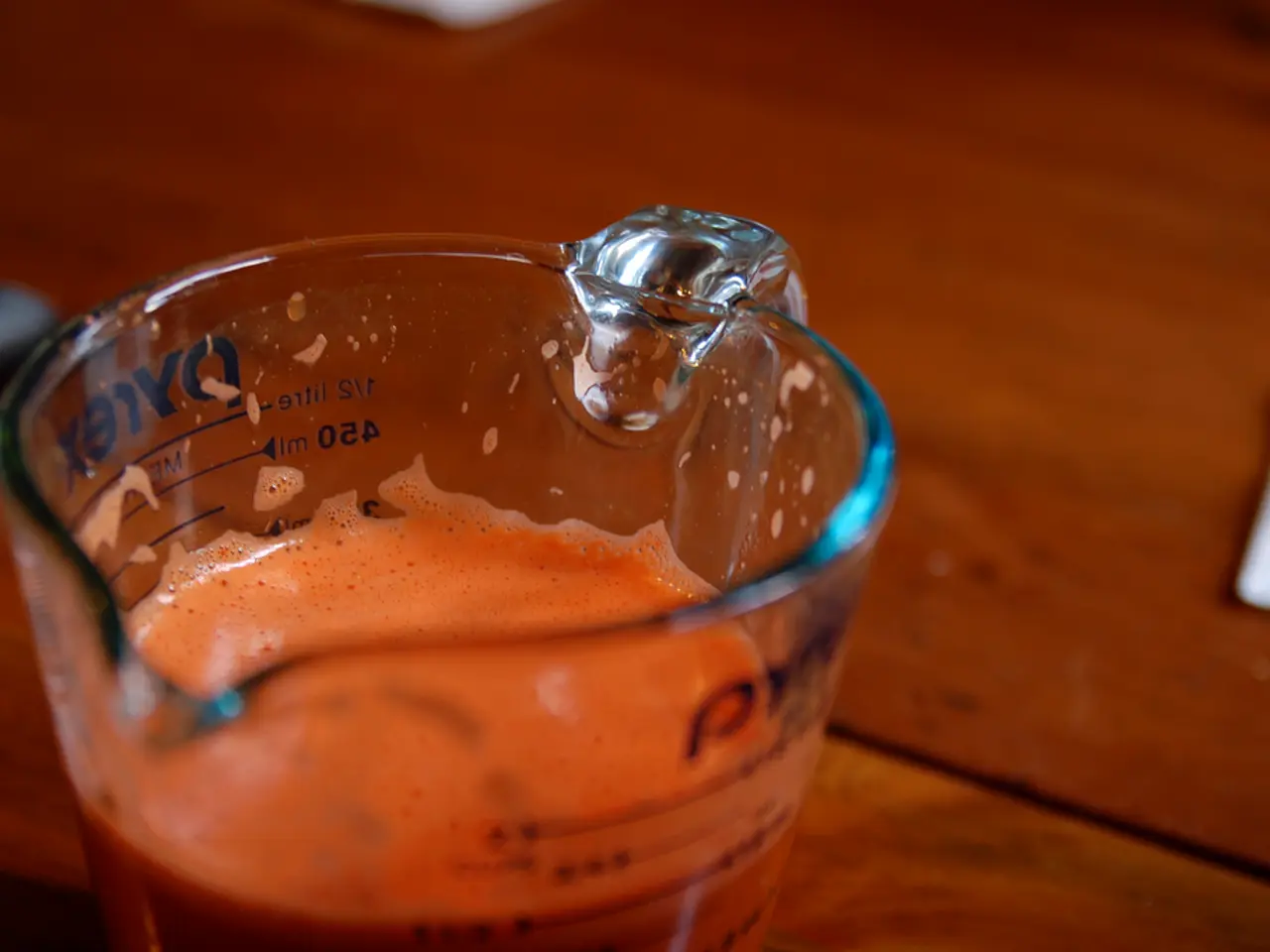Dubai's Road Transport Authority Embraces Innovative LiDAR Tech for a Groundbreaking Transformation in Road Management
In a significant stride towards smart city infrastructure management, the Roads and Transport Authority (RTA) in Dubai has implemented LiDAR technology for assessing and maintaining its road infrastructure. This cutting-edge technology offers numerous benefits and applications in smart asset management, as demonstrated by the RTA's initiatives.
LiDAR technology provides highly accurate 3D mapping for road condition assessment, infrastructure management, and urban planning. It enables precise detection of existing features and changes over time, supporting predictive maintenance, reducing human risk, saving time and costs, and improving decision-making for infrastructure upkeep.
One of the key advantages of LiDAR technology is its ability to capture dense, detailed point clouds of road networks, allowing continuous monitoring of corridor conditions. This real-time or near-real-time data enables proactive maintenance that extends asset life, enhances safety, and optimizes resource allocation.
The RTA uses advanced mobile and aerial LiDAR systems to create highly detailed 3D models of roads and surrounding infrastructure with survey-grade accuracy (down to centimeters). These systems facilitate efficient asset management, urban planning, and traffic flow optimization. Newer 4D LiDAR technologies, like Aeva's Atlas Orion, provide additional capabilities such as tracking dynamic road users, improving traffic signal timing, and enhancing safety.
The core benefits and applications demonstrated by Dubai’s RTA include:
- High-precision road condition assessment and infrastructure mapping for monitoring and maintenance planning.
- Asset management with detailed 3D models enabling detection of changes or issues before they escalate.
- Predictive and proactive maintenance that reduces delays, repair costs, and safety risks.
- Improved safety and traffic management through real-time data and adaptive traffic control powered by advanced LiDAR sensors.
- Cost-efficient large-area coverage with aerial and mobile LiDAR reducing the need for traffic interruptions.
- Supporting smart city infrastructure goals, integrating sensing technologies for autonomous navigation, crowd security, and infrastructure resilience.
Hussain Al Banna, CEO of the Traffic and Roads Agency at RTA, made the announcement regarding the implementation of LiDAR technology. Al Banna emphasized that this move supports the long-term sustainability of the Asset Condition Index (ACI) and is a significant step in advancing smart asset management by the RTA.
The adoption of LiDAR technology is a cornerstone in RTA's commitment to maintaining resilient, high-quality road networks. It is expected to greatly enhance the efficiency and accuracy of road infrastructure assessments and maintenance in Dubai, contributing to its ambition to become a global leader in smart urban development.
Inspections using LiDAR technology can be conducted while driving at speeds between 30-100 km/h without affecting traffic flow. This means that critical road assets can be evaluated more frequently, improving the overall quality and resilience of Dubai's road network.
In conclusion, the implementation of LiDAR technology by the RTA represents a major advancement in the field of smart city infrastructure management. It offers significant benefits in terms of accuracy, efficiency, and cost-effectiveness, making it a valuable tool for Dubai's ongoing efforts to deliver world-class mobility services in line with its smart city ambitions.
References:
[1] LiDAR News. (2021). LiDAR News - News, Articles, and Information about Light Detection and Ranging. [online] Available at: https://lidarnews.com/
[2] SPAR Point Group. (2021). SPAR 3D Expo & Conference. [online] Available at: https://www.spar3d.com/
[3] Geospatial World. (2021). Geospatial World. [online] Available at: https://www.geospatialworld.net/
[4] Aeva. (2021). Aeva Technologies. [online] Available at: https://aevatech.com/
[5] Smart Cities World. (2021). Smart Cities World. [online] Available at: https://smartcitiesworld.net/
- The Roads and Transport Authority (RTA) in Dubai has leveraged LiDAR technology for safety, utilizing it to conduct frequent inspections of critical road assets at varying speeds without disrupting traffic flow.
- The technological advancement of LiDAR demonstrated by the RTA offers a means of enhancing sustainability through continuous monitoring of road conditions, proactive maintenance, and optimizing resource allocation, ultimately extending asset life.
- Beyond infrastructure management, LiDAR technology also plays a crucial role in smart city development, supporting the integration of sensing technologies for autonomous navigation, crowd security, and infrastructure resilience, as envisioned in general news and sports discussions.
- As the finance sector closely follows the progress of smart urban development, the implementation of LiDAR technology by the RTA for road infrastructure assessments and maintenance can contribute significantly to Dubai's financial growth, strengthening its position as a global leader in smart city transformation and development.




